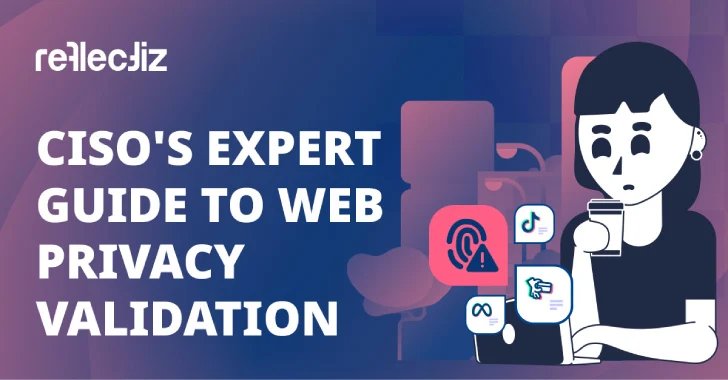Essential Insights
-
Growing Privacy Challenges: 70% of major US websites continue to drop advertising cookies despite user opt-outs, highlighting a significant gap between privacy claims and actual practices, which can lead to compliance failures and reputational damage.
-
Proactive vs. Reactive Privacy: Traditional static audits fail to keep pace with the dynamic nature of the web. A proactive approach, featuring continuous monitoring and automated validation, is essential for promptly identifying and mitigating privacy risks.
-
Real-World Consequences: Failure to validate web privacy can result in severe repercussions, such as the €4.5 million fine faced by a retailer for undetected data leakage, making a strong case for the implementation of continuous validation methods.
- Evolving Regulations: Upcoming regulations, such as the EU AI Act, impose stricter validation requirements. Organizations that adopt continuous privacy validation now will be better prepared to manage these changes while minimizing compliance risks.
What’s the Problem?
On May 26, 2025, The Hacker News published a compelling analysis detailing the critical need for enhanced web privacy practices amidst tightening regulations and increasing user awareness. The report highlights that 70% of leading U.S. websites continue to drop advertising cookies despite user opt-outs, underscoring a glaring inconsistency between declared privacy policies and operational realities. This dissonance potentially invites compliance infractions, reputational damage, and erosion of user trust—a situation that demands immediate redress by Chief Information Security Officers (CISOs).
The article stresses the transition from traditional, reactive privacy programs, which rely on infrequent audits, to proactive, continuous validation strategies that monitor digital assets in real time. By illustrating various scenarios—including a significant breach faced by a global retailer due to an undisclosed third-party script—the narrative emphasizes the dire consequences of negligence and the benefits of proactive measures. In a landscape increasingly defined by stringent privacy regulations, the call for immediate implementation of continuous validation practices is both a strategic necessity and a safeguard against potentially catastrophic outcomes.
Risk Summary
The risks posed by inadequate web privacy controls extend far beyond individual organizations, creating a ripple effect that can jeopardize the entire business ecosystem. When a company falters in its commitment to genuine privacy practices, it not only encounters compliance failures and potential fines but also cultivates a climate of distrust among users and partners. This erosion of trust can deter prospective clients and alienate current ones, with users increasingly skeptical of data handling practices that contradict privacy assurances. In sectors like healthcare and finance, where regulations are stringent, lapses in privacy can lead to significant financial penalties and reputational damage, thereby threatening the stability of interdependent businesses. For further context, consider that when a single retailer faced a €4.5 million fine due to negligence in validating a third-party script, the subsequent public outcry damaged not just its brand but also indirectly affected suppliers and stakeholders engaged in similar operations, amplifying the risk of systemic vulnerability. Ultimately, the lack of proactive privacy measures cultivates an environment ripe for breaches that can have profound, cascading consequences across the industry landscape.
Possible Remediation Steps
In an era defined by pervasive data breaches and privacy concerns, the timely remediation of web privacy validation is paramount for safeguarding organizational integrity.
Mitigation Steps
- Regular Audits
- Privacy Assessments
- Policy Updates
- Staff Training
- Incident Response Plans
- Vendor Management
- Encryption Implementation
- Secure Communication Protocols
NIST CSF Guidance
The NIST Cybersecurity Framework (CSF) emphasizes a proactive approach to managing privacy. Specifically, organizations should enhance their identification, protection, and detection capabilities related to privacy risks. For detailed guidance, refer to NIST Special Publication 800-53, which outlines comprehensive controls and best practices for information privacy and security.
Advance Your Cyber Knowledge
Discover cutting-edge developments in Emerging Tech and industry Insights.
Access world-class cyber research and guidance from IEEE.
Disclaimer: The information provided may not always be accurate or up to date. Please do your own research, as the cybersecurity landscape evolves rapidly. Intended for secondary references purposes only.
Cyberattacks-V1

